Understanding Non-Polarized Capacitors: Uses and Applications
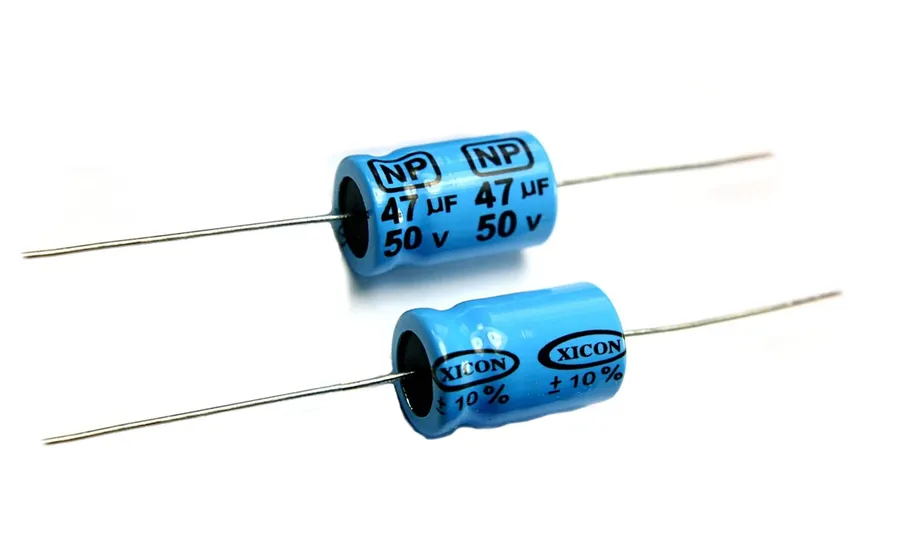
From the intricate circuits in your smartphone to the powerful audio systems in your car, capacitors play a crucial role. Among these, the non-polarized capacitor stands out for its versatility. Unlike their polarized counterparts, these capacitors have no designated positive or negative terminal. This unique trait makes them ideal for alternating current circuits, where the polarity constantly shifts. In this article, we'll dive deep into the functionality of non-polarized capacitors, their various types, and practical applications in diverse electronic devices, helping you understand their role and importance in the modern tech world.
What is a Non-Polarized Capacitor?

A non-polarized capacitor, often termed a bipolar capacitor, is a fundamental electronic component distinguished by the absence of designated positive or negative terminals. This key characteristic allows it to be connected in either direction within a circuit, rendering it particularly suitable for alternating current (AC) applications. Its symmetrical construction facilitates bidirectional current flow, a feature that contrasts sharply with polarized capacitors like electrolytic types, which require specific polarity for proper operation.
How Non-Polarized Capacitors Work
Non-polarized capacitors function by storing electrical energy through the accumulation of charge on two conductive plates, which are separated by a dielectric material. This fundamental structure, devoid of polarity, enables them to withstand reversals in polarity, a critical feature for applications involving AC and audio signal paths, where the current's direction is constantly changing.
The following points outline the working principles of non-polarized capacitors:
- Charge Accumulation:
When a voltage is applied across the capacitor, electric charge accumulates on the conductive plates. The dielectric material between the plates prevents the direct flow of charge, allowing energy to be stored in the electric field. - Dielectric Material:
The dielectric material plays a critical role by determining the capacitor's capacitance and voltage rating. Different dielectric materials affect performance characteristics such as temperature stability and frequency response. - Bidirectional Current Flow:
Unlike polarized capacitors, non-polarized capacitors do not have a designated positive or negative terminal, therefore they can support the flow of current in both directions, making them suitable for AC circuits. - Polarity Independence:
This is a core trait of non-polarized capacitors. Their symmetrical structure allows them to operate without regard to the polarity of the applied voltage, ensuring stable performance in varying electrical environments.
The ability of non-polarized capacitors to handle fluctuating current and voltage directions is essential in many electronics applications.
Types of Non-Polarized Capacitors
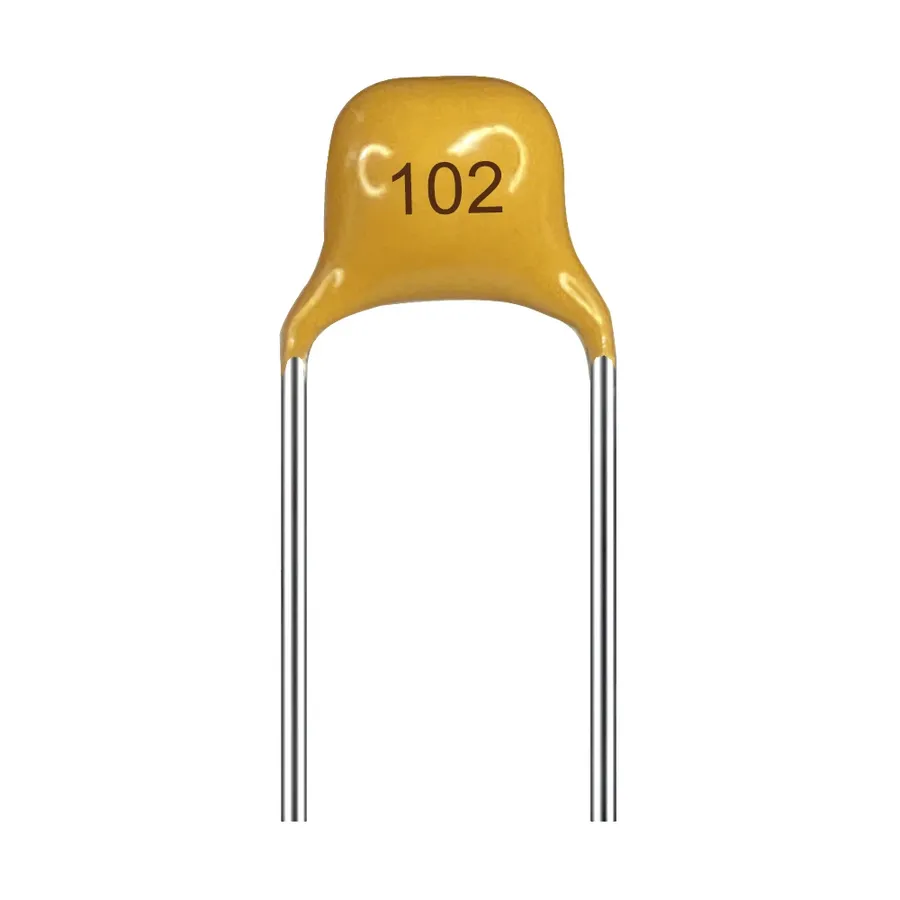
Non-polarized capacitors are available in several types, each distinguished by their construction, performance characteristics, and suitability for specific applications. The primary types include ceramic, film, and non-polarized electrolytic capacitors, which differ significantly in capacitance range, voltage rating, temperature stability, and other performance metrics. Understanding these differences is crucial for selecting the right capacitor for a given circuit design.
| Capacitor Type | Dielectric Material | Capacitance Range | Voltage Rating | Temperature Stability | Typical Applications |
|---|---|---|---|---|---|
| Ceramic Capacitors | Ceramic | Picofarads (pF) to Microfarads (µF) | Low to Medium | Moderate | High-frequency coupling, bypass, filtering |
| Film Capacitors | Polypropylene, Polyester, Polycarbonate | Picofarads (pF) to Microfarads (µF) | Medium to High | Good | Audio circuits, power electronics, precision timing circuits |
| Non-Polarized Electrolytic Capacitors | Electrolytic (special construction) | Microfarads (µF) to Millifarads (mF) | Medium | Moderate | Audio signal coupling, some power applications |
Each type of non-polarized capacitor has unique performance characteristics. Ceramic capacitors, are known for their small size, good high-frequency response, and are ideal for bypass and decoupling applications, particularly in high-frequency circuits. Film capacitors, which include types such as polypropylene and polyester, are prized for their high precision, temperature stability, and low dissipation factor (DF), which is ideal for audio signal processing and precision timing applications. Non-polarized electrolytic capacitors offer higher capacitance values in a smaller size and are useful in applications requiring high capacitance but are less common than their polarized counterparts. The selection of the specific type depends on the application's particular requirements.
Non-Polarized vs. Polarized Capacitors
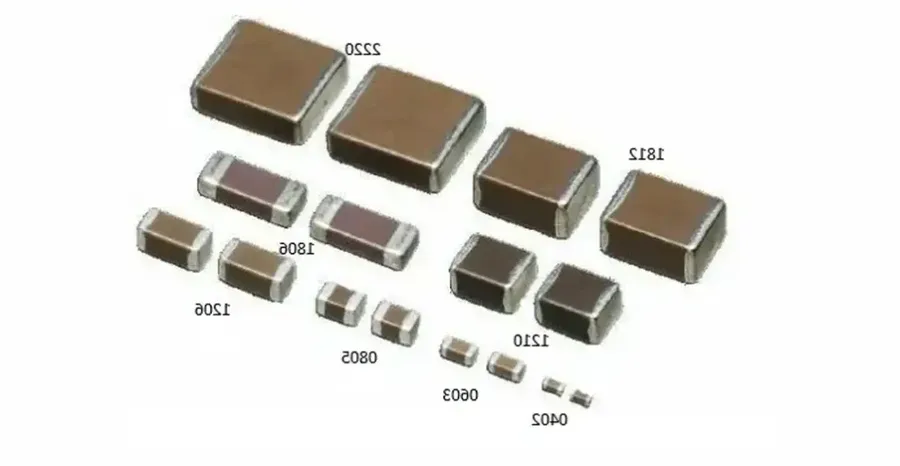
The fundamental distinction between non-polarized and polarized capacitors lies in their polarity requirements. Polarized capacitors, such as electrolytic types, necessitate correct polarity alignment within a circuit to prevent damage, while non-polarized capacitors are designed to function irrespective of polarity, enabling them to handle AC signals due to their symmetrical internal structure.
| Feature | Non-Polarized Capacitor | Polarized Capacitor |
|---|---|---|
| Polarity Requirement | No polarity requirement, can be connected either way. | Must be connected with the correct polarity to avoid damage. |
| Suitability for AC Circuits | Ideal for AC circuits due to symmetrical structure. | Not suitable for AC circuits and can fail if polarity is reversed. |
| Common Applications | Audio circuits, AC filtering, RF circuits. | DC power supply filtering, low-frequency applications. |
| Construction | Typically constructed from ceramic, film, or non-polarized electrolytic materials. | Usually constructed from electrolytic materials with a polarized internal structure. |
| Tolerance | Typically have tighter tolerance and more stable. | Usually have wider tolerances due to manufacturing processes. |
Non-polarized capacitors are valued for their ability to operate with either AC or DC signals, often employed in filtering and coupling circuits due to their versatility, especially in applications where there is no designated positive or negative terminal. The selection of either non-polarized or polarized capacitors depends heavily on the specific requirements of the circuit and application.
Key Characteristics of Non-Polarized Capacitors
Understanding the key characteristics of non-polarized capacitors is crucial for selecting the correct component for a given application. These characteristics dictate how the capacitor will perform within a circuit, particularly in AC and audio applications where they are frequently used. The primary specifications include capacitance, voltage rating, tolerance, temperature stability, and Equivalent Series Resistance (ESR).
| Characteristic | Description | Units |
|---|---|---|
| Capacitance | The ability of the capacitor to store electrical charge. | Farads (F), typically microfarads (μF) or picofarads (pF) |
| Voltage Rating | The maximum voltage that the capacitor can safely handle without dielectric breakdown. | Volts (V) |
| Tolerance | The allowable variation from the nominal capacitance value. | Percentage (%) |
| Temperature Stability | How the capacitance changes with temperature variations. | Typically expressed as a percentage change per degree Celsius (°C) or a temperature coefficient (ppm/°C) |
| ESR (Equivalent Series Resistance) | The internal resistance of the capacitor, which affects its performance, particularly at high frequencies. | Ohms (Ω) |
Each of these parameters plays a vital role in the performance of non-polarized capacitors. Capacitance determines the amount of energy the capacitor can store, while the voltage rating ensures the capacitor does not fail under the intended operating voltages. Tolerance indicates the precision of the component and impacts the accuracy of the circuit. Temperature stability is crucial for applications that involve varying operating temperatures, and ESR is particularly important in high-frequency applications where it can lead to energy loss and heat dissipation.
Applications of Non-Polarized Capacitors
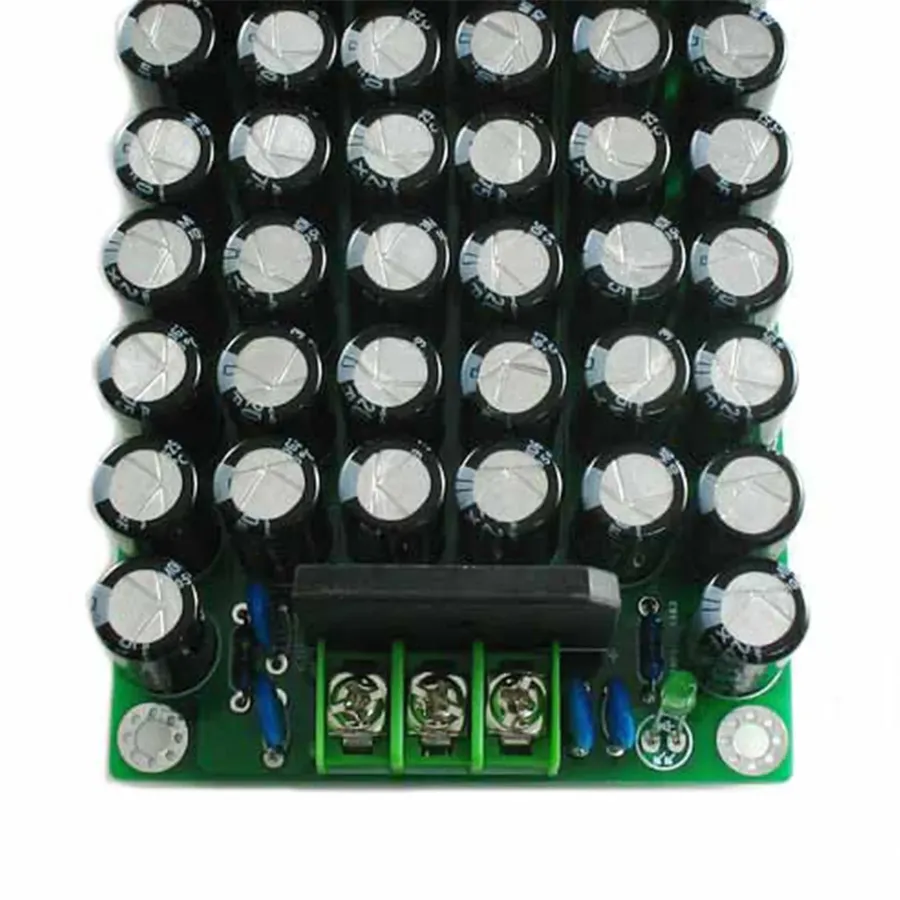
Non-polarized capacitors are indispensable components across numerous applications, primarily due to their ability to handle alternating current (AC) and changing polarities without risk of damage. Their symmetrical design and stable performance over various conditions make them a preferred choice in a wide array of electronic circuits.
- Audio Circuits
In audio systems, non-polarized capacitors are critical for signal coupling between amplifier stages, ensuring that only AC signals pass through while blocking any DC components. They're also used in crossover networks to direct specific frequencies to different speakers (tweeters, mid-range, and woofers), and for general audio signal filtering to remove unwanted noise or frequencies. - Power Electronics
These capacitors serve as snubbers in power circuits to suppress voltage spikes caused by switching devices, enhancing circuit reliability and longevity. They play a role in AC filtering, smoothing out fluctuations in power supplies. Non-polarized capacitors are used in motor control circuits to regulate motor speed and torque. - RF Circuits
In Radio Frequency (RF) circuits, they are used for tuning and impedance matching, as well as for isolating different circuit stages. Non-polarized capacitors assist in the coupling of signals between radio frequency stages to ensure optimal signal transfer with minimal loss. - General Electronic Devices
Any electronic application where AC or changing polarity is present benefit from using non-polarized capacitors. This includes applications in power supplies, filtering, and signal processing circuits, especially those operating under alternating current conditions.
The selection of the capacitor type within these applications (ceramic, film, etc.) is determined by the required capacitance, voltage rating, operating temperature, and desired performance characteristics. Each type offers a unique balance of properties that are matched to the particular needs of each circuit and its operating environment. The consistency and reliability across these applications is what has made non-polarized capacitors so valuable in modern electronic systems.
Advantages of Non-Polarized Capacitors
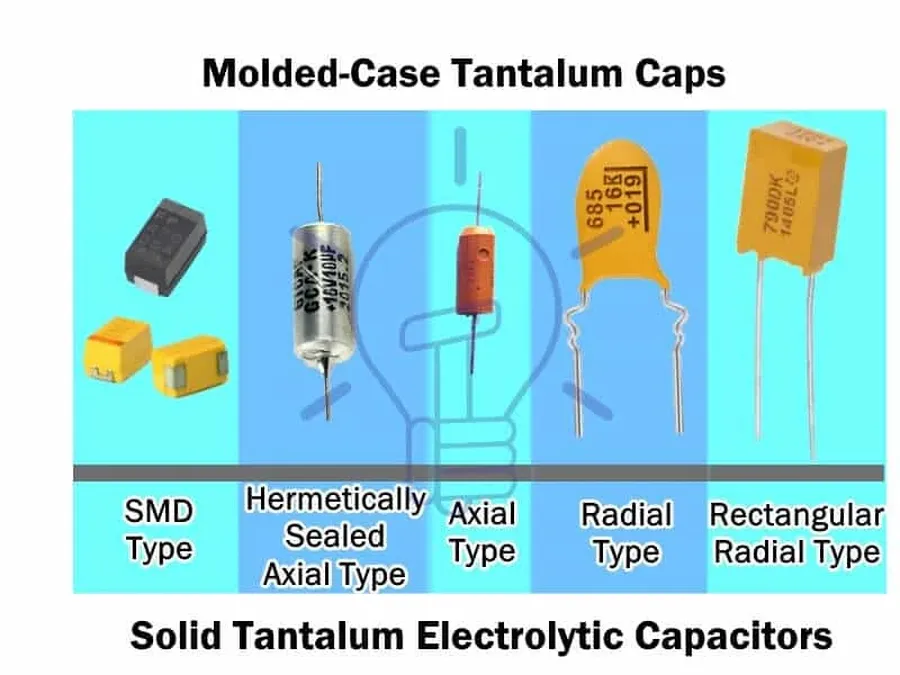
Non-polarized capacitors present several key advantages that make them a versatile choice in circuit design. Primarily, their ability to operate effectively in both AC and DC circuits, without concern for polarity, differentiates them from polarized capacitors. This flexibility, coupled with their stable performance across temperature variations and lower cost in some applications, positions them as an essential component in numerous applications.
- Versatile AC and DC Operation
Unlike polarized capacitors, non-polarized capacitors can be used in both AC and DC circuits without the risk of damage from reversed polarity. This makes them ideal for applications where the current direction changes. - No Risk of Reverse Polarity Damage
Because of their symmetrical structure, they can handle alternating current with out damage, meaning they can be inserted into a circuit without concern of positive or negative terminals. - Stable Performance Over Temperature
Non-polarized capacitors, especially ceramic and film types, exhibit stable capacitance across a broad range of temperatures. This stability ensures consistent performance in varying environmental conditions. - Cost-Effective in Many Applications
Non-polarized capacitors can be a lower cost solution when compared to polarized capacitors with similar capabilities, especially in certain AC or audio applications.
Frequently Asked Questions About Non-Polarized Capacitors
This section addresses common queries regarding non-polarized capacitors, offering clarity on their usage, characteristics, and applications. These frequently asked questions are designed to provide a practical understanding of these essential electronic components.
- Can I use a non-polarized capacitor in place of a polarized capacitor?
Yes, a non-polarized capacitor can replace a polarized capacitor if the voltage and capacitance ratings are equal or greater, and the performance characteristics are suitable for the specific circuit requirements. However, consider the size differences between polarized and non-polarized capacitors, and do not replace a non-polarized capacitor with a polarized one. - What is the primary function of a non-polarized capacitor?
Non-polarized capacitors are primarily used in circuits where the polarity of the voltage changes or is undefined, such as AC circuits. They are also used when a capacitor needs to withstand bidirectional current flow without damage, making them suitable for filtering, signal coupling, and AC power applications. - What types of circuits are best suited for non-polarized capacitors?
Non-polarized capacitors are ideally suited for audio circuits, AC power circuits, RF circuits, and any other circuit that involves AC signals or where the direction of the current flow changes. This includes applications in motor drives, switching power supplies, audio equipment, and signal conditioning. - Are non-polarized capacitors compatible with both AC and DC?
Yes, non-polarized capacitors are designed to function effectively in both AC and DC circuits. Their symmetrical construction allows them to withstand polarity reversals, making them a versatile option for various applications. It is the nature of the applied signal that dictates the need for a non-polarized capacitor. - What are the typical capacitance ranges for non-polarized capacitors?
Non-polarized capacitors are available in a broad range of capacitance values, spanning from picofarads (pF) to microfarads (µF). The specific range available will depend on the capacitor type (e.g., ceramic, film, or non-polarized electrolytic), and these different capacitor types also have different stability characteristics with respect to temperature and bias. - How does temperature affect the performance of non-polarized capacitors?
The performance of non-polarized capacitors can be affected by temperature variations, but this effect depends on the capacitor type. For example, ceramic capacitors may have a higher temperature coefficient than film capacitors. High-quality film capacitors, like polypropylene, often have good temperature stability making them a good choice for audio applications. Always check the datasheet of the specific capacitor for temperature performance data. - What are the common failure modes for non-polarized capacitors?
The common failure modes for non-polarized capacitors are often related to exceeding their voltage rating, overheating, physical damage, or degradation due to long term exposure to environmental conditions. Overvoltage will typically result in a short circuit and can cause other damage. Understanding the failure modes of capacitors is critical to successful long term use.
In conclusion, non-polarized capacitors, with their polarity independence, play a vital role in various electronic applications, especially where alternating current is involved. Understanding their types, characteristics, and applications helps in making the best selection for the desired functionality. From filtering to signal coupling, a non-polarized capacitor's advantages, versatility, and stable performance make them a crucial component in modern electronics. Their bidirectional current capabilities and non polarized nature make them essential in the creation of modern electronics designs. They should always be considered in your design where AC is present or when you require bidirectional capacitor performance.
 AnyPCBA
AnyPCBA